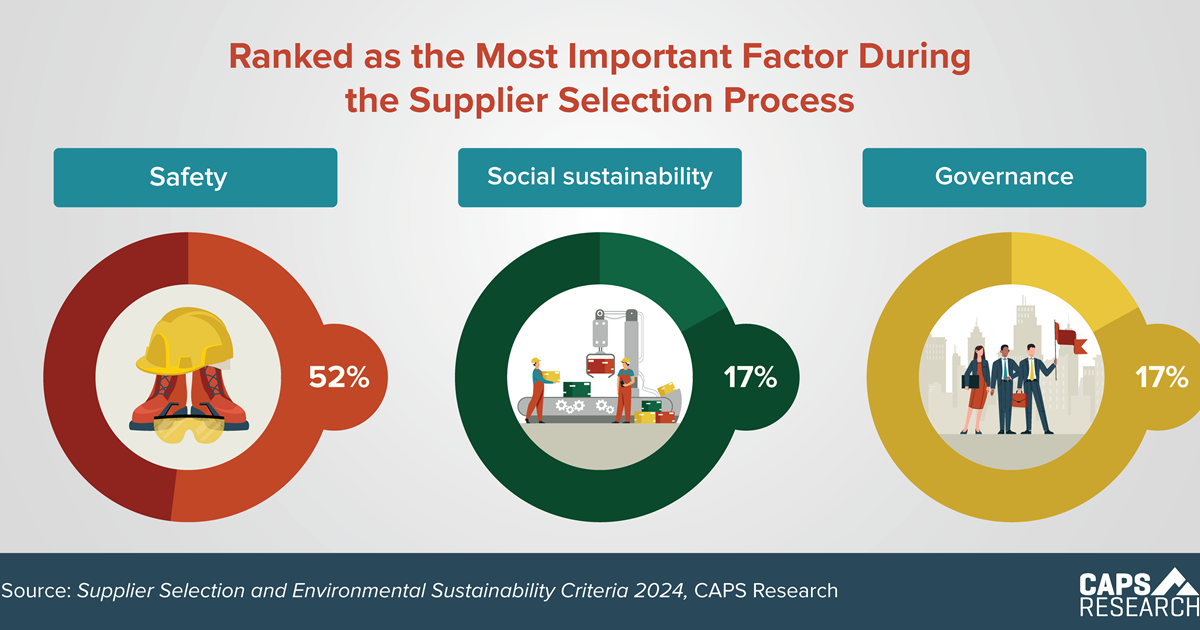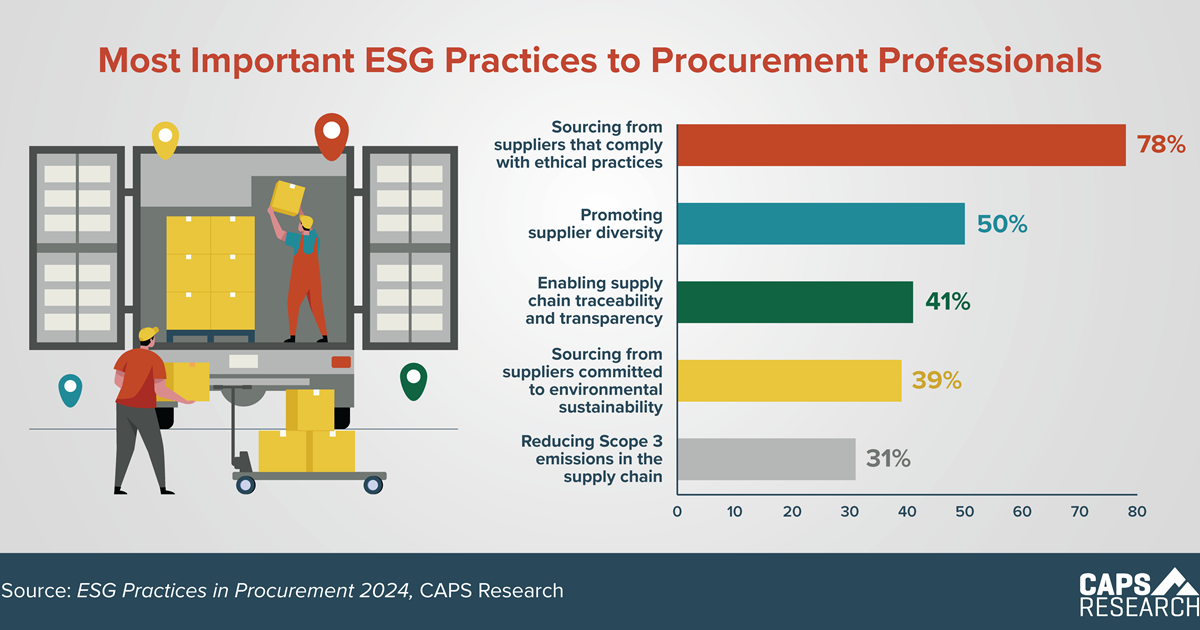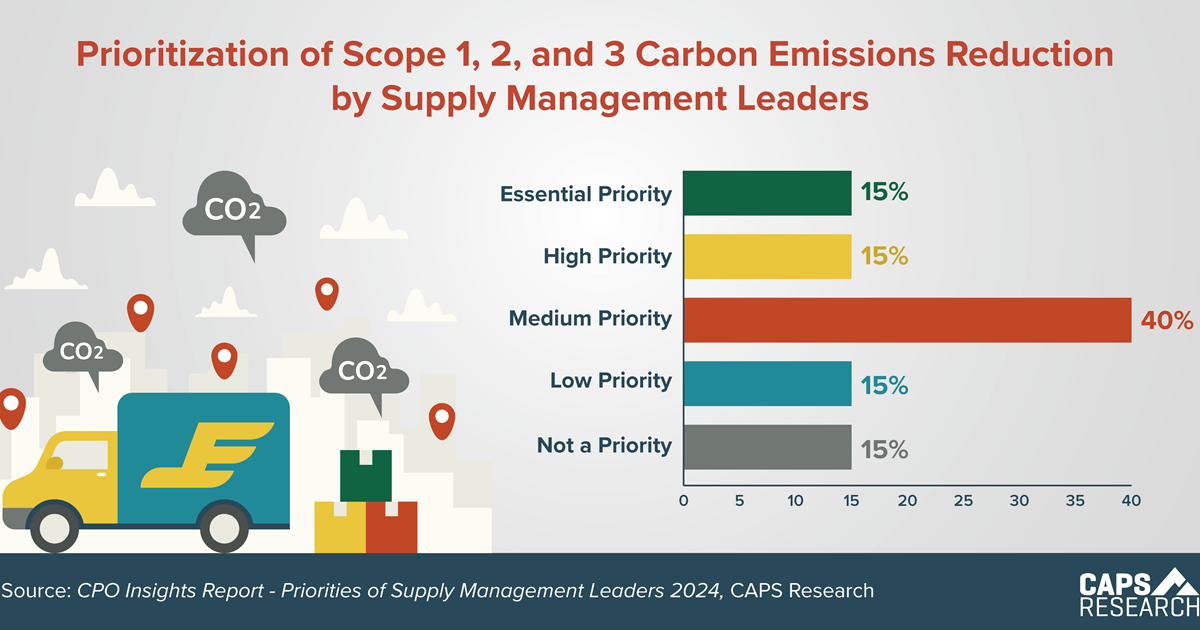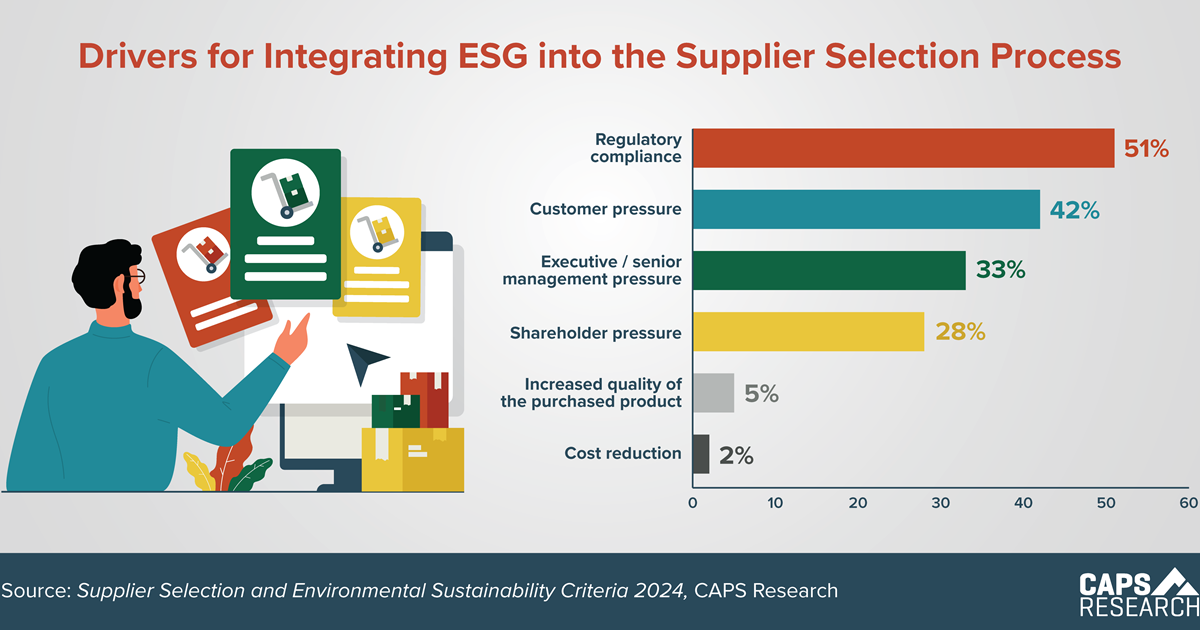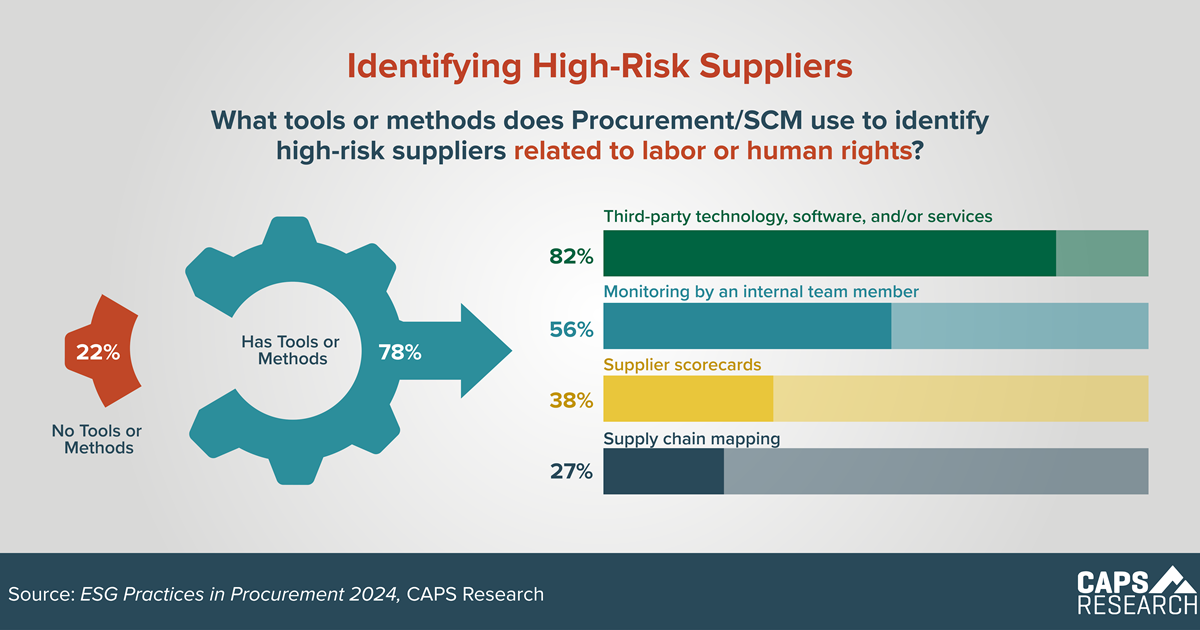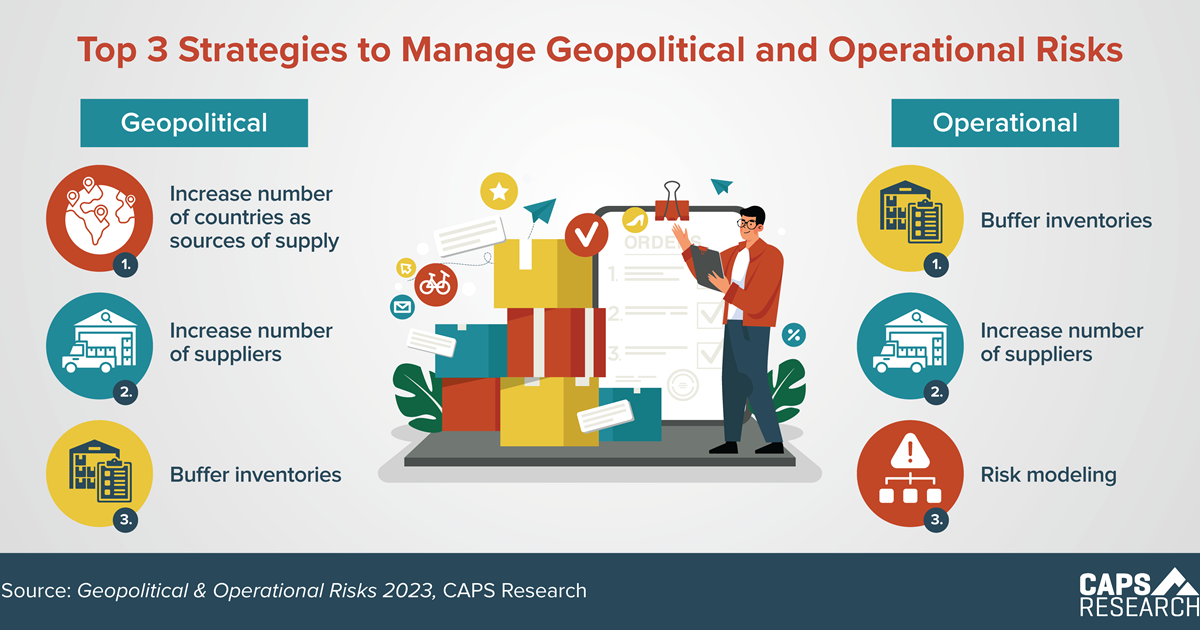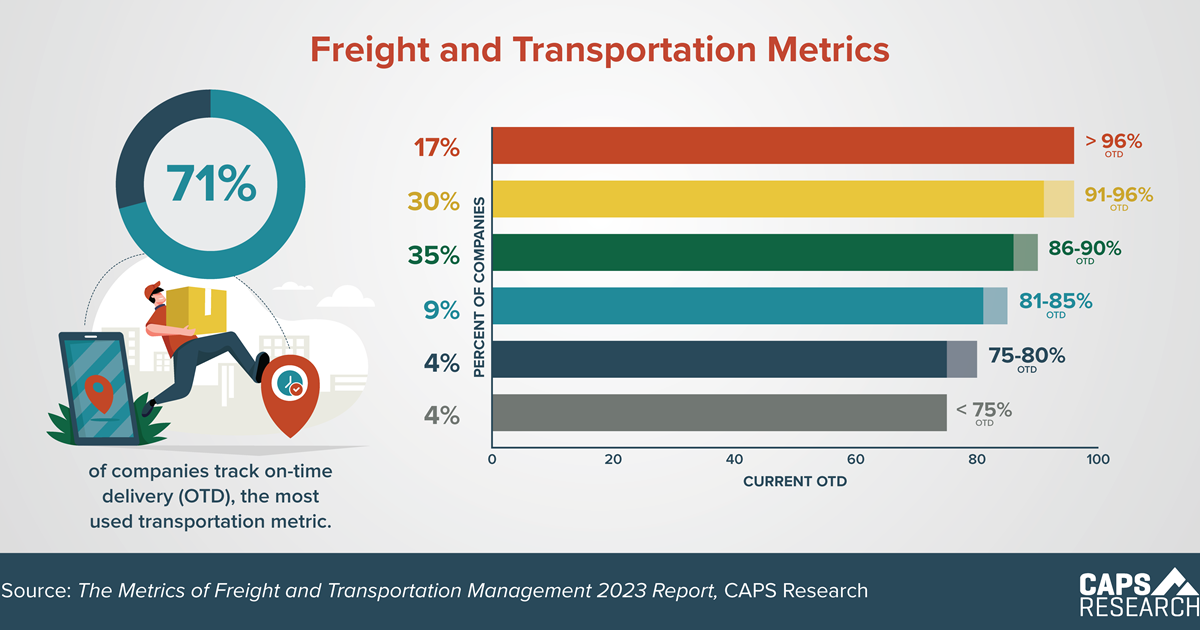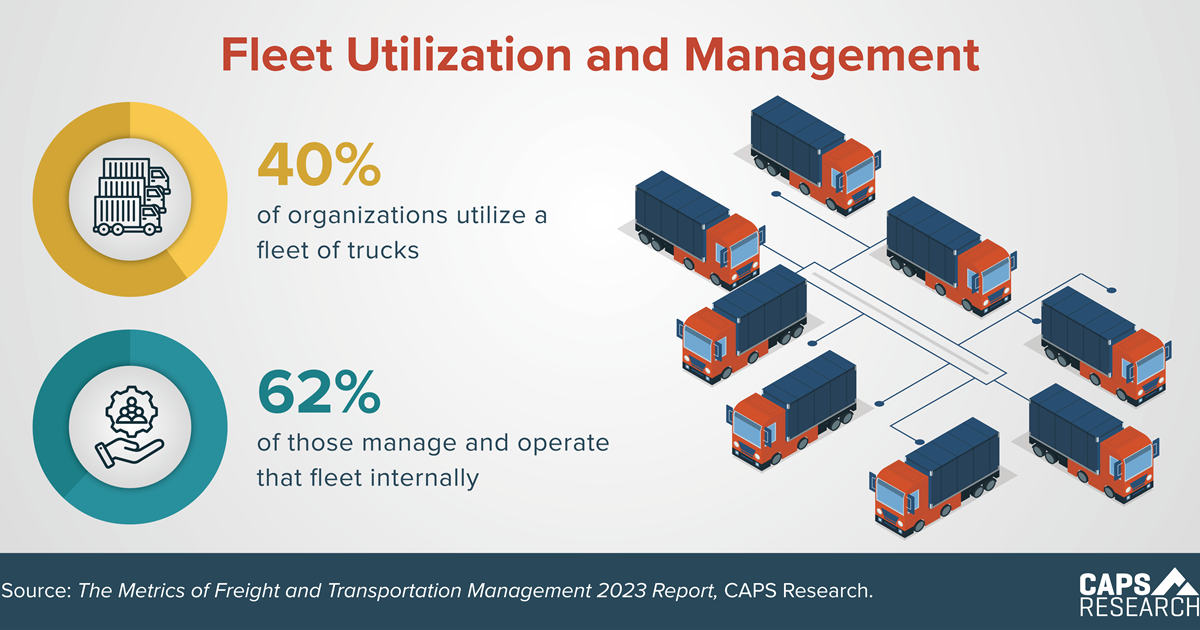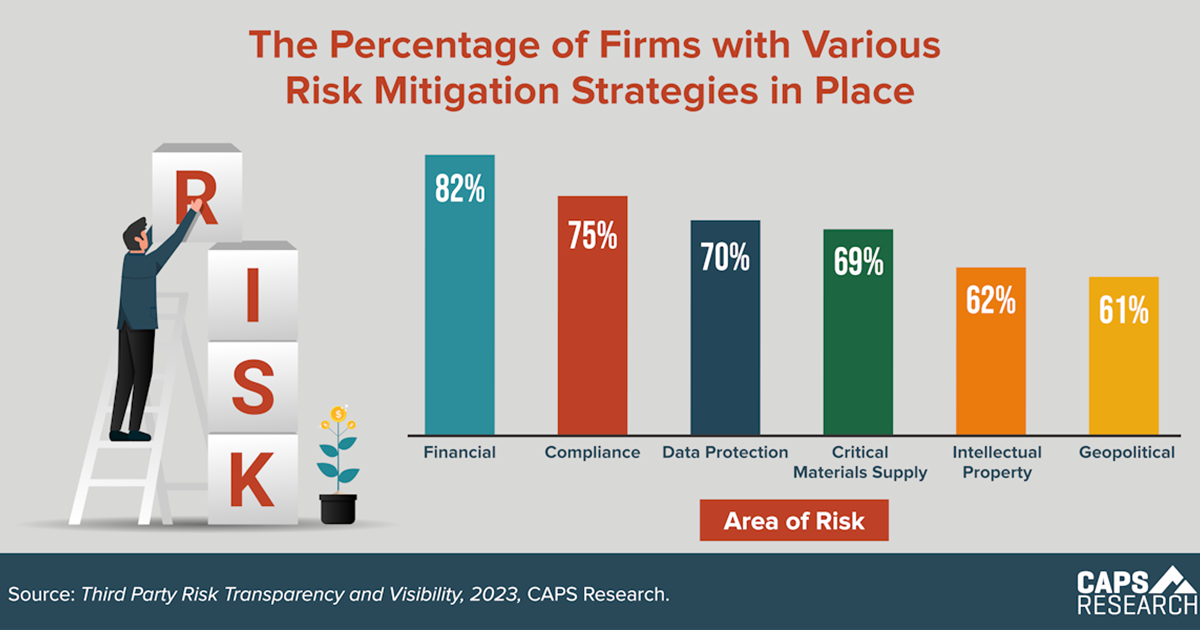CAPS asked procurement practitioners to rank the most important ESG factors they consider when selecting suppliers. Safety, Social Sustainability, and Governance were the top 3, suggesting a greater focus on the humanitarian elements of the ESG agenda.
Most Important ESG Practices
Across all manufacturing and services industries surveyed, sourcing from suppliers that comply with ethical ESG practices is most important. Interestingly, just over 30% of supply chain professionals feel reducing Scope 3 emissions is important, despite looming regulatory reporting requirements in California and Europe.
Prioritization of CO2 Reduction
In a recent survey of Supply Management leaders, 30% ranked the prioritization of Scope 1, 2, and 3 carbon emissions reduction as a higher than medium priority while the same percentage ranked it as a lower than medium priority, indicating the profession is split on the urgency of carbon reduction actions.
ESG Integration Drivers
Based on recent CAPS survey results, regulatory compliance and customer pressure are the biggest drivers for integrating environmental sustainability into the selection process for suppliers. Product quality and cost reduction seem to be of minimal or no influence, potentially indicating that companies’ efforts are driven more by external forces than internal adoption.
Identifying High-Risk Suppliers
78% of supply chain professionals surveyed have tools or methods to identify high-risk suppliers related to labor or human rights. Of those, many are using multiple tools including technology, monitoring, and scorecards. The 22% without tools or methods have greater exposure to risk and consequences stemming from compliance failures.
Strategies to Manage Risks
While geopolitical and operational risks are different by nature, 2 of the top 3 strategies to manage those risks tend to be tactical responses: increase the number of suppliers and buffer inventory. This points to opportunities for improvement in business intelligence, sourcing, and supplier management.
Freight and Transportation Metrics
Typically, delivery performance is more critical for companies with lower inventory levels who operate using a just-in-time fulfillment model. Currently, 71% of companies track on-time delivery (OTD), the most used transportation metric. 47% of companies claim OTD is greater than 90%, while 8% of companies report OTD less than 80%.
Fleet Utilization and Management
Most companies that operate a fleet do so to improve service levels and shorten lead times. According to a newly released CAPS Quick Poll, 40% of organizations utilize a fleet of trucks, and 62% of those manage and operate that fleet internally rather than outsourcing the management of that fleet.
Cost Savings Per Supply Management Employee
Cost savings is a powerful KPI for demonstrating the value of supply management to the business. On average, supply management employees are delivering $6.6 million in total savings. How does your company compare?
Risk Mitigation Strategies
Mitigating supply chain risk has become increasingly important. A recent CAPS report shows that the percentage of firms with mitigation strategies in place for financial and compliance risks is the highest with geopolitical risk strategies being the least utilized.
Non-members can receive the report of each survey they submit.
Members can access all reports, but are encouraged to submit surveys to
increase the comparative breakouts only they receive.
